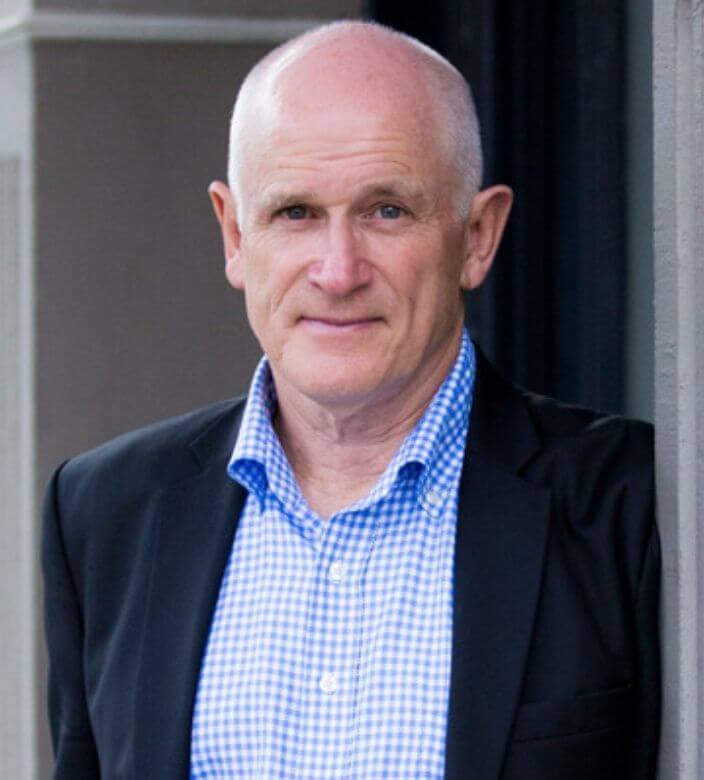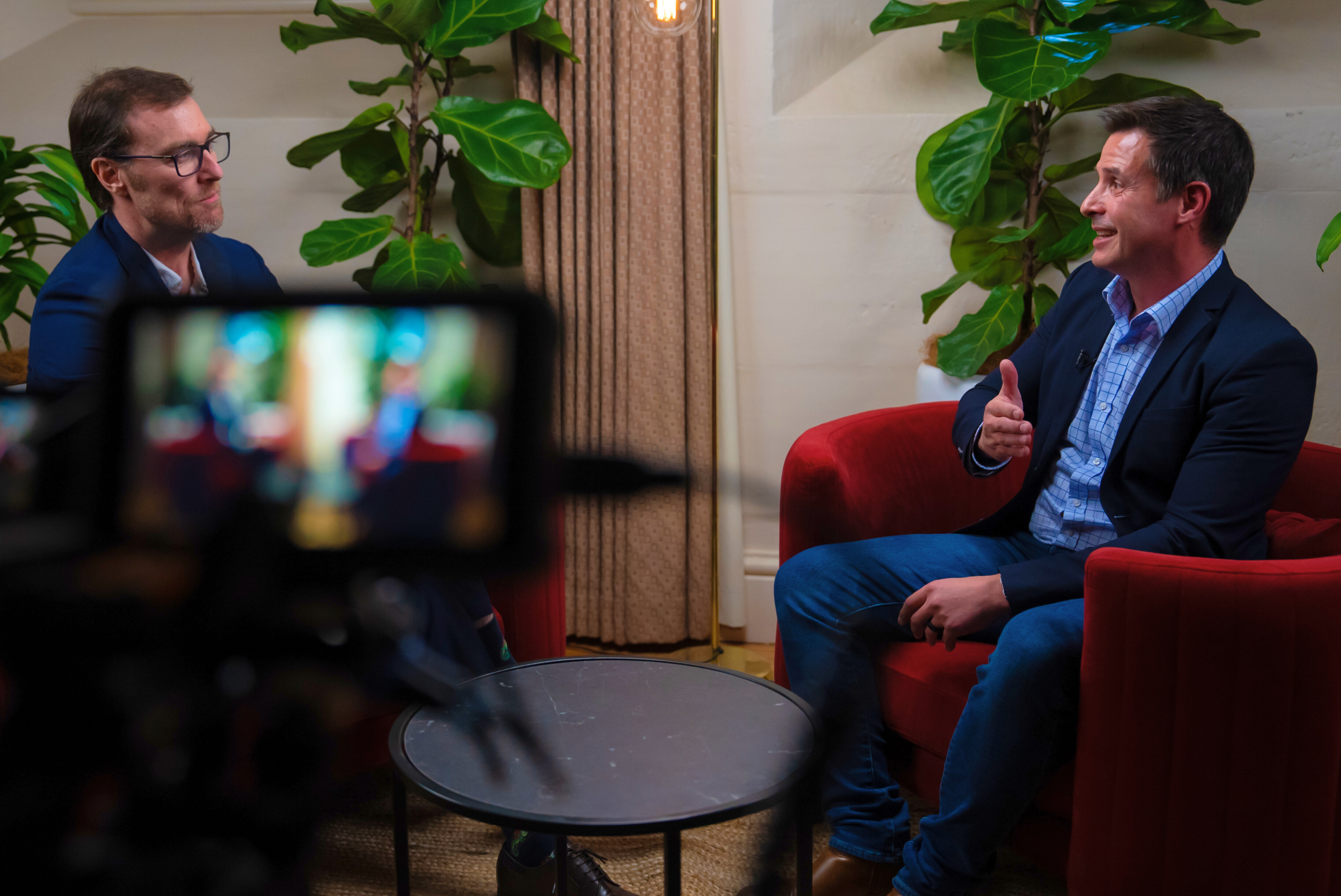Australian Red Cross’ CFO on Quadrupling the Scale of Their Operations In 2 Weeks
Lloyd Doddridge discusses how he navigated the organisation through the 2020 Australian bushfire crisis to onboard over 20,000 new staff and accepted over 100% revenue in less than a two-week period.Lloyd Doddridge is both Chief Financial Officer and Chief Operating Officer of the Australian Red Cross, whose services span humanitarian aid and blood delivery.
At ADAPT’s CFO Edge event Senior Analyst, Peter Hind, Lloyd discusses how he navigated the organisation through the 2020 Australian bushfire crisis to onboard over 20,000 new staff and accepted over 100% revenue in less than a two-week period.
The driving force for Australian Red Cross’ technology adoption is to keep their frontline workers safe, scaling their reach, and delivering better services to their customers.
As CFO, Lloyd is driving greater partnerships with technology vendors not just for cost containment but to build better data-driven decision-making for clearer social impact analysis.
In order to articulate the value of transformation to 25,000 employees and foster their collaboration, Lloyd says data has been critical in connecting individuals with their tangible contributions to their customers.
This measurable and quantifiable source of truth empowers individuals to autonomously achieve in alignment with the organisational mission.
Beyond this, Lloyd says education is key. Fostering an open culture, bridging education gaps, and collectively confronting fears around change will bring the entire organisation on the digital transformation journey.
Peter Hind:
Lloyd, I might have a blinkered perspective of the Australian Red Cross. You filled me in beforehand that it’s a much broader organisation than I know. Can you tell us about that?
Lloyd Doddridge:
The Red Cross has one legal entity in Australia. Obviously, we’re affiliated with the International Federation of Red Cross, and our entity in Australia splits into two divisions.
We have a Humanitarian division, which does all the good works in the field, and you see them usually pop up around floods and disasters and bush fires and all that stuff.”
The other division we have is our Lifeblood division, which provides blood services.
The two divisions are very, very different. Blood services in Lifeblood is really a regulated monopoly provider of blood through to the government and CSL.”
It operates as a high-quality manufacturing operation. It’s raw materials of the blood that we, the community, provide.
It really produces high-quality blood services and blood products for the Australian community in health services, primarily to the Australian government health system.
On the Humanitarian side, there aren’t. You can say the blood services regulated, controlled.
From my background as a manufacturing person in automotive manufacturing very attractive manufacturing, operation good control, lots of quality, nice people and all the people you’d expect in that environment.
Humanitarian. Humanitarian operates on a $300 million budget, and once three hundred million dollars get biggish. It’s not huge.
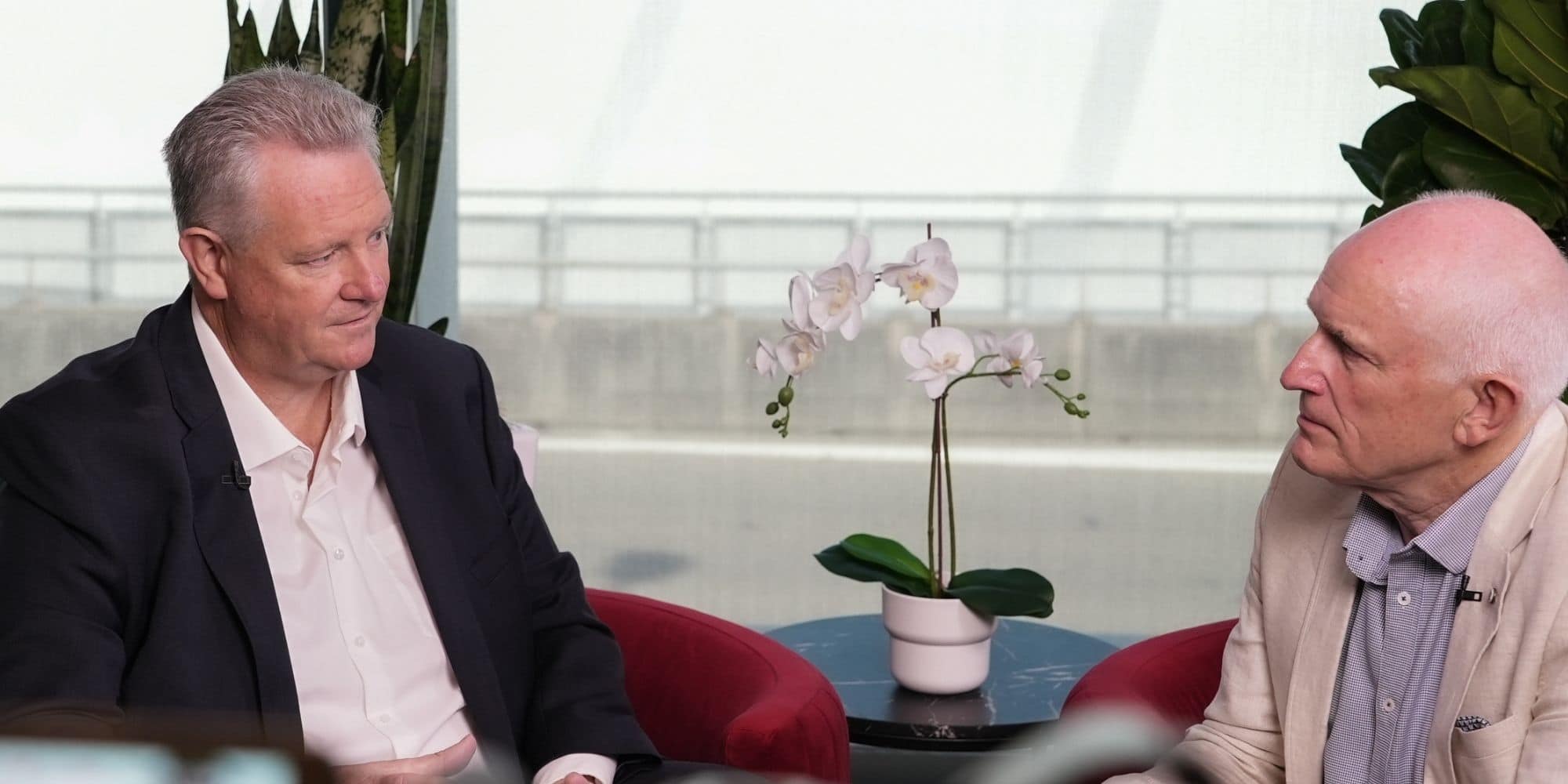
Peter Hind:
Let me understand the budget. Is that all government grants, or is it a mixture of grants and donations?
Lloyd Doddridge:
We have 50/50 money that comes from the public through donations, regular giving our retail operations requests that thing.
Corporate partnerships at corporate partners, very generous, very kind with their time and also some of their finances to support the community.
On the other half, we execute government programmes. The government might have a programme to distribute food to people who are in towns that are in lockdown in COVID, for instance.
It’s the Red Cross staff that carry the food.
There were people during COVID who didn’t have work visas who had no access to cash. The government did provide a lot of people with cash during that time.
It’s an organisation such as the Red Cross. We will provide the cash to people on behalf of the government.
Peter Hind:
As you’re talking there, Lloyd, I can’t help feeling this is an organisation that needs to scale up and scale down quickly because these can be spasmodic activity.
It may be regular, but there’s no predictability about them.
Lloyd Doddridge:
You’re absolutely correct. Whilst internally, it isn’t perfect around these numbers which I’m seeking to improve, but the conduct concept I can give you is we haven’t run about 1800 staff.
Some full-time, some part-time on our books. Traditionally, people would think of you as $300 million, 1800 staff at any given time. We have around about 22,000 volunteers.
A lot of them are part-time. We also have 11,000 members crossing over between them as volunteers. You look at that, and you say, well, we’re an organisation potentially of 25,000 people.
At any given moment, we’re probably 5,000 FTE; During the bushfires, we went from 5,000 FTE before the bushfires working in shops doing the normal things in an office that you do to prepare for things to 20,000 people in the field two weeks.”
You scale to four times your size in hundreds of locations within a 14 day period; by the way, you’re going to accept more than a hundred percent of your revenue in a 14 day period. Right. Without any warning from an event that you don’t know.
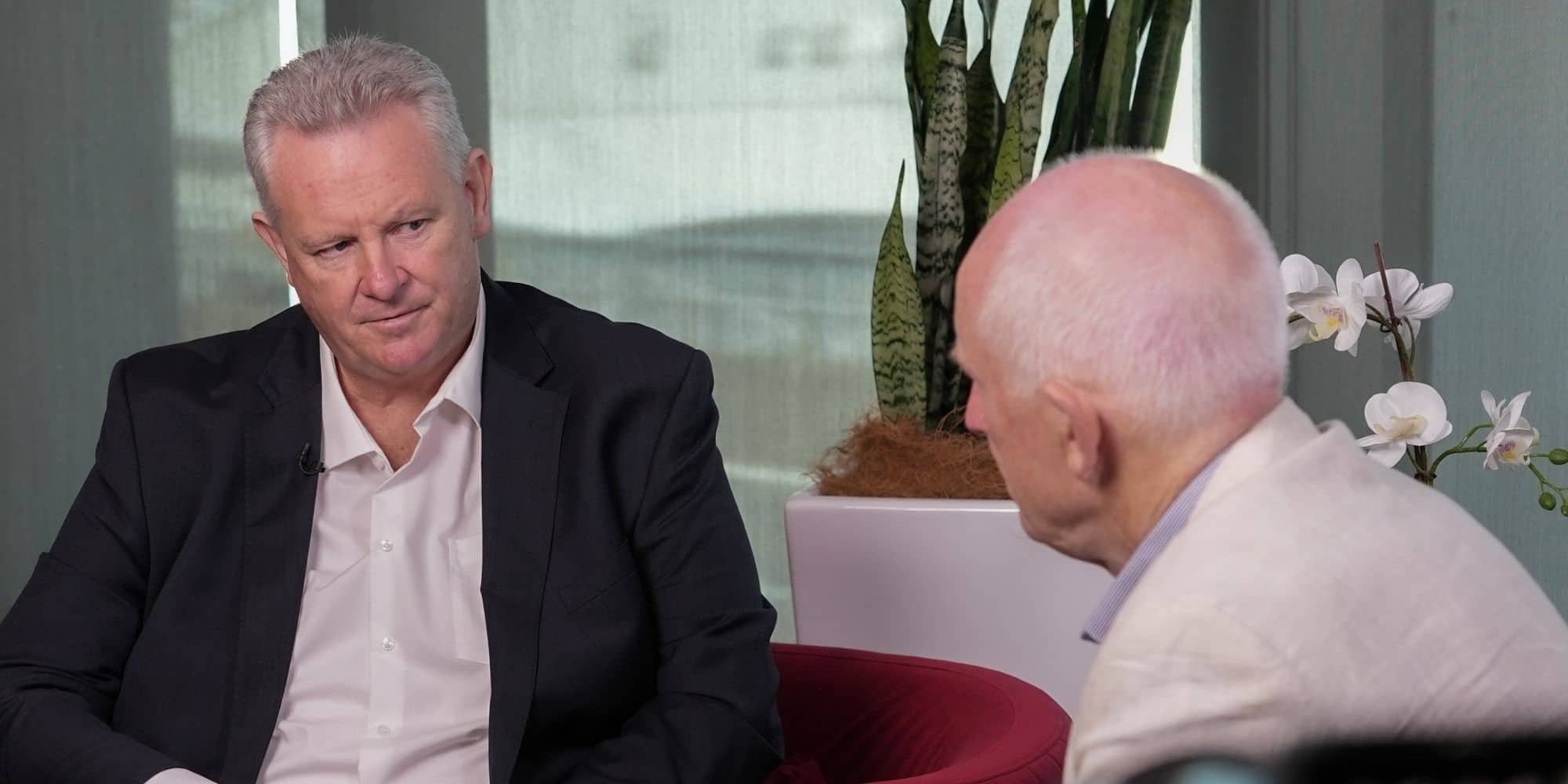
Peter Hind:
I’m looking at the traditional CFO type role. It’s how do you allocate scarce resources to the most need is, is the task.
Also, the challenge of the governments of those monies.
I can imagine that would almost be a cost-containment mentality that would be focused.
Lloyd Doddridge:
It is. Traditionally, it has been a cost-containment mentality. Certainly, we’re frugal. Frugality goes without saying.
We’re not going to be best of breed in any of our back–of–house. We’re going to be fit for purpose, but we’re not going to be best of breed.
We’re going to be frugal. What we really need to be is concentrating if it’s on becoming scalable. When we, when we look at something, we need to be able to invest it, that we’re scalable and able to meet the challenges that come our way.
That scalability has got to come with the concept of keeping our people safe in the field. Everyone that we work with, keeping them safe too because the people that we work with are in need.”
By definition, we’ve got to extend care. That scalability concept is really key here. It’s very difficult to measure us on traditional measures.
The other thing is traditionally, humanitarians don’t measure the good that they do.
They don’t quantify it. It was very difficult to talk about how much good you do if you don’t measure it.
There’s one of our key metrics that we’re going to have to work for is is to be able to use technology to be able to embed this measurement of how much good we do, what social impact.
Peter Hind:
Yes, but I see the digitisation then lends itself to the automation of processes.
Lloyd Doddridge:
Absolutely.

Peter Hind:
Am I hearing you say the perspective you’re taking is how we can make the monies we have to go farther?
Lloyd Doddridge:
In today’s paradigm, the ability to be able to leverage technology and data. To make your dollar go further is undeniable.
The ability in this space to be able to do that in the full purpose sector is Godspeed. The biggest single opportunity that we can have.
It’s exactly that. It’s meeting with the partners here at something like CFO Edge, where my last meeting was with Workday. That space is the big one of the biggest leverage opportunities that we can have.”
That way, we can preserve our dollars. If we invest in the right technology, we can be completely scalable, and we can preserve our dollars to be able to spend on people in need.
I can preserve another layer to get people who are really good at providing services to people in need. I can spend the money on them.
Peter Hind:
How do you, as a leader, take your team on a journey? People who may see their role in a more traditional accounting perspective.
I know you’ve got more than financing your team, but the finance people, when you’ve got a team of 80, that’s quite sizable. How do you bring them on the journey of how digitisation empowers the business?
Lloyd Doddridge:
That’s an educative process. It’s iterative. In other words, it takes, it takes time. Some people aren’t going to make it. Some people want to.
They’re very happy in the paradigm, the last paradigm that we had. Some people aren’t going to make it through that journey.
You’ve got to respect that that’s not where everyone’s going to be at.
It really is about education and being able to lay out what a vision looks like, and then be able to sit with people in an open culture and be able to walk through their fears, walk through their education gaps, and be able to say, we’re going on that journey.
We can plot that path together, and we can mutually plot a path to get to that point, but we need to get to that point.
Most people will come along, and funnily enough, most people have that innate aspiration in there. They want to make their numbers mean something more.”
Anyway, they want the numbers to be able to have an empowering narrative and be able to inform decisions. What we’re trying to build out is an awareness of how you execute that in a different environment.

Peter Hind:
I suppose a lot of people in the Red Cross are there because they have a sense of purpose. They want to do something in their community. You’re tapping into that aspiration.
Lloyd Doddridge:
Absolutely. Interestingly enough, but one of the key challenges here apart from really the management exercise of connecting 25,000 people together to do different projects.
We’re service providers that works in project chunks. Apart from that, a simple management exercise the connection of people with purpose.
The thing I would say about the Red Cross is we look for impact through connection.
That’s really us connecting community to community connecting donors to a sense of purpose, connecting volunteers to a sense of purpose, connecting people within the Red Cross to each other to form a sense of community.
You’re looking for those connection points and connecting with purpose.
The other part of technology that we might be able to bridge is it when someone comes in and presents themselves to the Red Cross and said, I’ve got some time, or I’ve got some money, we’ll be able to connect them.
That four hours you gave us, you made a difference. That 50 bucks you gave just went there, and it made a difference.”
You’d be able to demonstrate that connection.
Peter Hind:
Because everything’s digitised, it’s easier to track the impact that you’re having with the monies.
Lloyd Doddridge:
It is. We should be able to measure it. If I can measure it, I can correlate it. That connection to the purpose that becomes then not a donor exercise. It becomes very human.
Because we’re all searching for a connection with our purpose.
Look, to be honest, the Red Cross is the connection with purpose exponentially. Multiply. Not lineal
Peter Hind:
It can also be a bit of a curse to have that sort of passion that you’re dealing with that you’re challenging people at times. That can be tough.
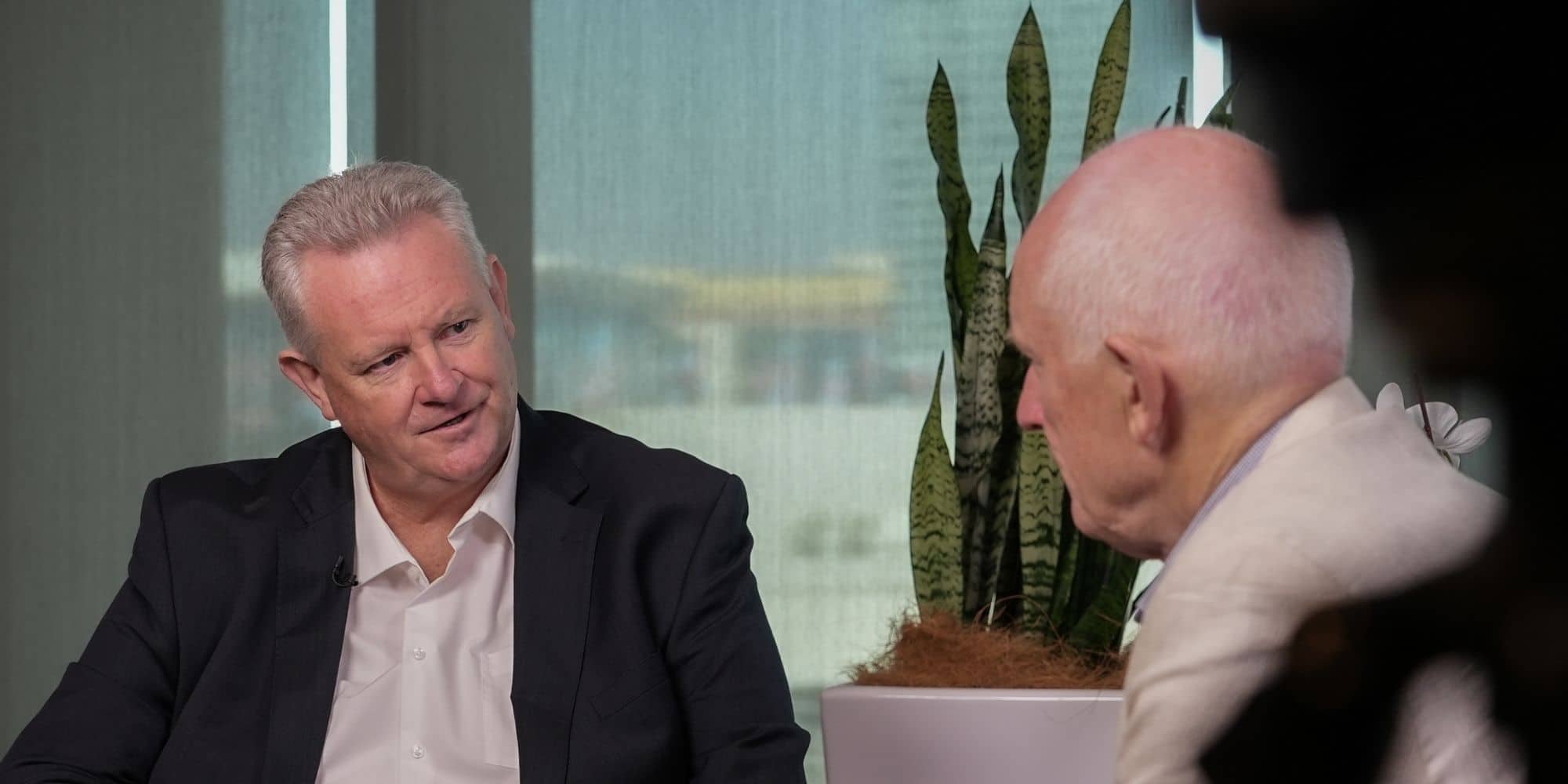
Lloyd Doddridge:
Look, where you’re challenging them is not in the sense of purpose. How you’re challenging them is how they prosecute that. This is why culture is important throughout.
You’re able to sit down and open dialogue and say, Hey, it could look like this. Let’s sit down and plot that path together. It might not always be the one you want, but provided it goes over there. Does it really matter?
That’s the way you can navigate that. Then you can bring people’s purpose to life even better, which is a paradox that data would bring a closer connection with purpose.
Peter Hind:
Well, it gives clarity, perhaps.
Lloyd Doddridge:
It does. It’s a joy to be able to work than, say, from someone who traditionally isn’t in the full purpose section sector, automotive manufacturing, wine packaging, that stuff. This is a special time to be here.
Peter Hind:
You bring those disciplines to a different organisation.
Lloyd Doddridge:
Good organisation. A good process is a good organisation and a good process. It doesn’t matter what type of organisation it is.
























